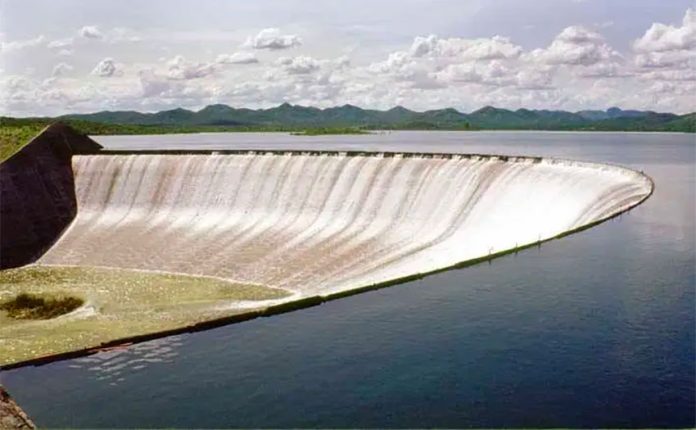The inspection frequency of Mexico’s dams doesn’t come close to meeting international standards.
Dams with structural problems or those that haven’t been properly maintained have the potential to leak and/or accidentally discharge large quantities of water that could pose a risk to human life, property and the environment.
The risk in Mexico is even greater because the National Water Commission (Conagua) only carries out about one-sixth the recommended number of dam inspections per year due to a lack of personnel and resources.
The International Commission on Large Dams (ICOLD), an international non-governmental organization dedicated to the sharing of information and knowledge about the design, construction, maintenance, and impact of large dams, recommends that dams be thoroughly inspected at least every five years.
There are 6,256 dams in Mexico’s network, meaning that Conagua would have to complete about 1,250 inspections per year to comply.
But it only completes about 200 inspections annually due to a lack of specialized staff, the newspaper El Universal reported.
In other words, the state of 6,000 dams is unknown by Conagua in any given year and the condition of more than 5,000 is unknown over a five-year period.
Lack of money is another obstacle to complying. The federal government launched a dam assessment program to be managed by Conagua in 2010 but it hasn’t received any funding for years.
Another program known as K111 whose objective is to maintain and modernize dams – some of which were built in colonial times and the 19th century – is set to have its budget cut by almost a third next year. The program was allocated 465.9 million pesos (US $23 million) this year but is slated to receive just 320 million pesos in 2021, a 32.4% cut.
The fact that the recommended number of dam inspections are not being carried out is particularly concerning given that extreme weather events such as hurricanes are becoming more frequent due to climate change.
As a result, Mexico’s dams, especially those in the south and southeast of the country, are coming under intense pressure from torrential rains more frequently.
Conagua has acknowledged that the risk of dam malfunction due to severe weather events is “permanent.” It has also recognized that earthquakes, landslides and vandalism have damaged dams in Mexico.
But without the funding and personnel to inspect a greater number of dams, it is inevitable that some problems won’t be detected.
The state of dams and their management is currently in the spotlight due to severe flooding in Tabasco.
Governor Adán Augusto López Hernández has blamed much of the flooding on the excessive release of water from the Peñitas dam, which was recently inundated with rain brought by two cold fronts and Tropical Storm Eta.
He accused the Federal Electricity Commission (CFE) of releasing the water from the dam, which is located on the Grijalva River in Chiapas and used to generate hydroelectric power.
But CFE chief Manuel Bartlett last week denied that the state-owned company is responsible for the flooding, saying that Mexico’s Committee of Large Dams – made up of Conagua officials and university academics – manages dam water.
Source: El Universal (sp)
